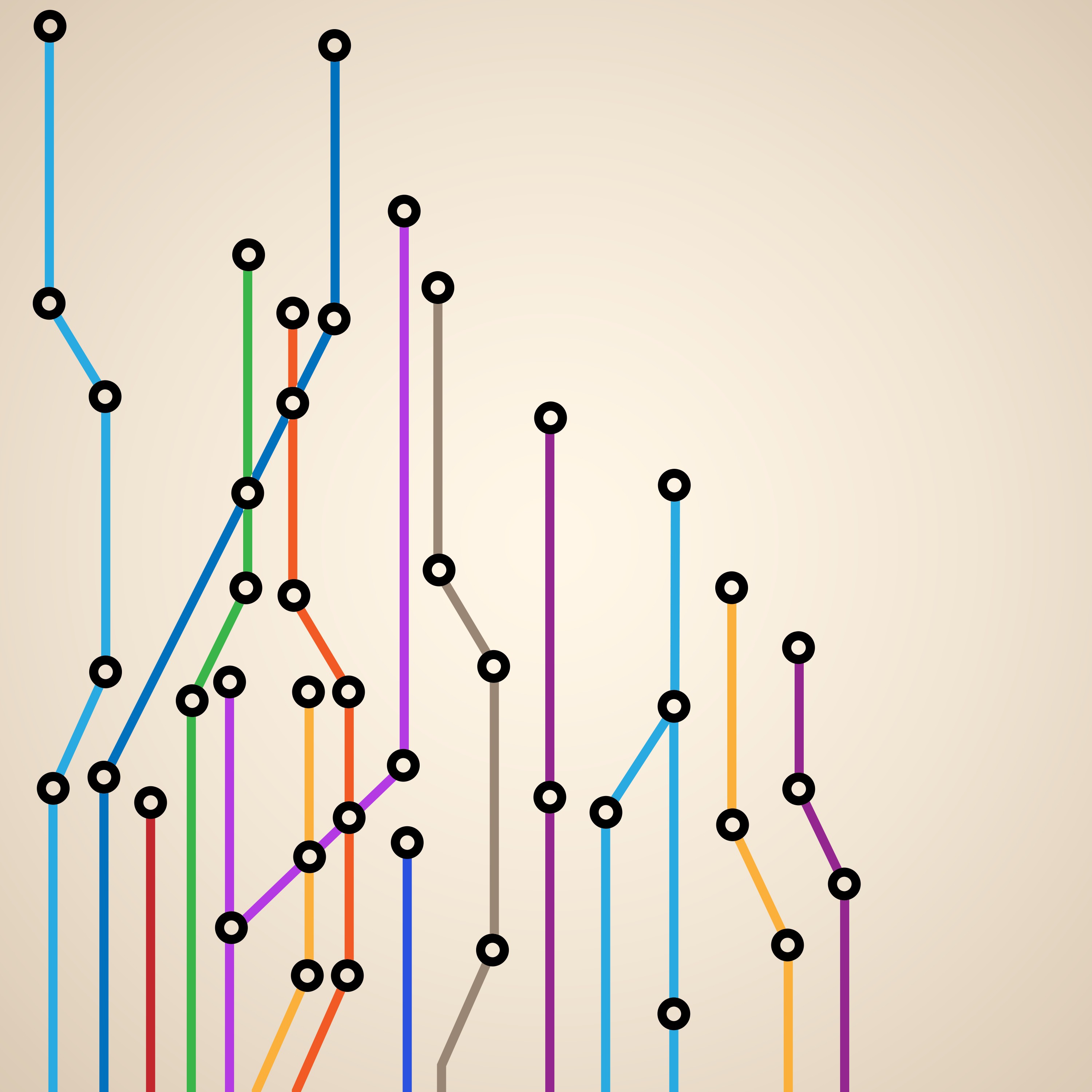Information graphics, or infographics, have been around awhile. (Cave paintings, anyone?) In fact, they’ve become so integrated into daily life that we often don’t notice them or think of them as such. What you may have noticed, however, is the recent uptick in slickly designed infographics popping up in social media, by politicians, and even in college football. Often, they’re used in an attempt to distill huge amounts of data involving complex issues into bite-sized nuggets of information. Sometimes they’re successful (see one of our favorites here) – and other times, not so much.
What makes the difference between infographics that work and those that just… don’t? We’ll cover that in an upcoming post. For now, let’s go into what an infographic is, how you can use it, and compare the infographic to its cousin, the data visualization.
Infographics present a selected array of statistics and information in an engaging, design-savvy manner using a combination of text and images. Ideally, they are located at the intersection of good design and good information. They’re a great tool for building awareness of an issue, describing the impact of a program, or for marketing purposes.
Since they are succinct and portable, usually a single page, infographics can be tailored for multiple applications. Identifying the target audience and the primary ways you’ll use an infographic is particularly important to maximize its effectiveness. Care must be taken in creating infographics so that the information is accurate, presented clearly, not misleading, and can be traced to the source data.
Data visualizations can be either static or dynamic, and are primarily image-based rather than text. You can see a few samples here, here, and here. They seek to illustrate statistical relationships between variables in an intuitive, accessible way and can allow for “drilling down” into the underlying data itself. Data visualizations democratize the information they present, allowing the end user to uncover hidden trends and relationships. In a sense, with a professionally crafted visualization, the data speaks for itself. They can also act as a feedback mechanism for staff to see how a program is working over time as changes are implemented.
Both of these, when done well, can start a conversation, reframe a problem, sway an opinion, garner support, and even change the way stakeholders perceive an organization. Whether you have existing data or not, a professional evaluator can craft the specific visual you need to harness the potential of these tools.





Leave A Comment